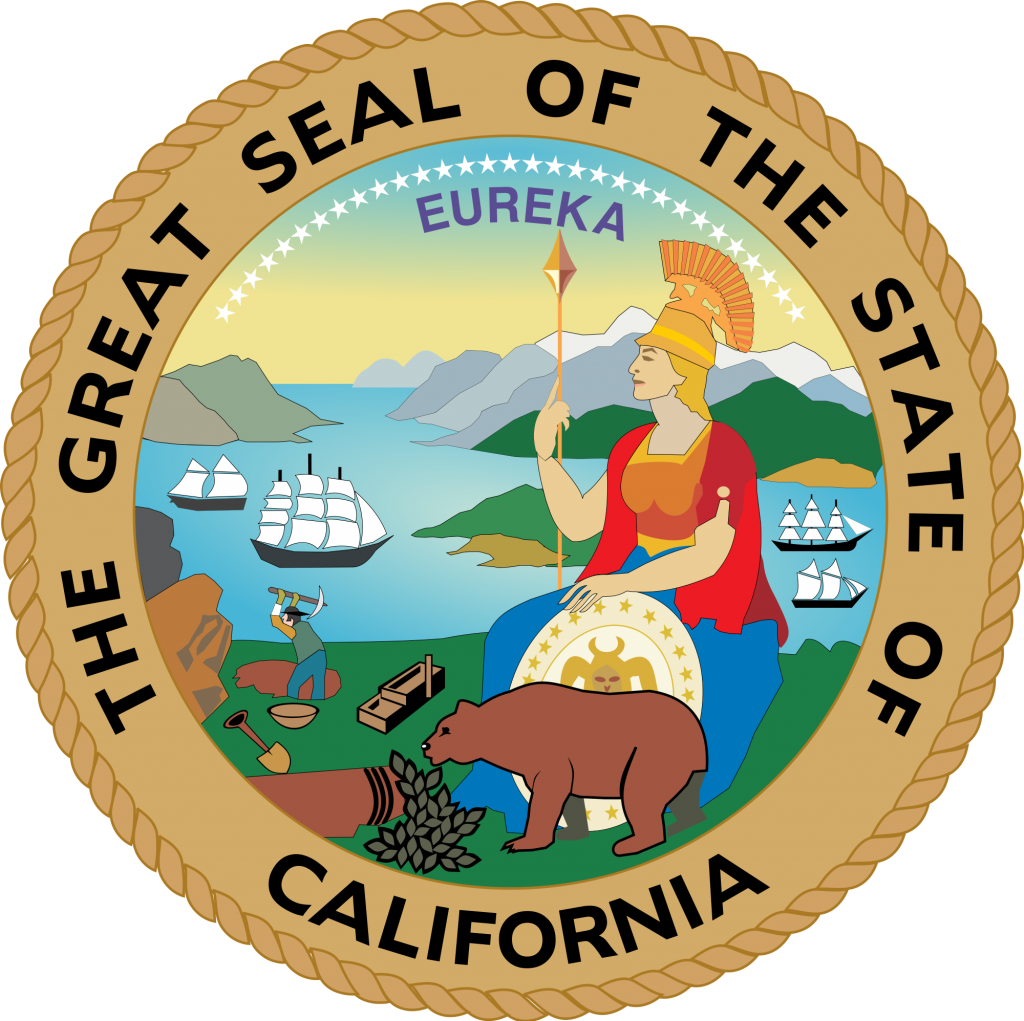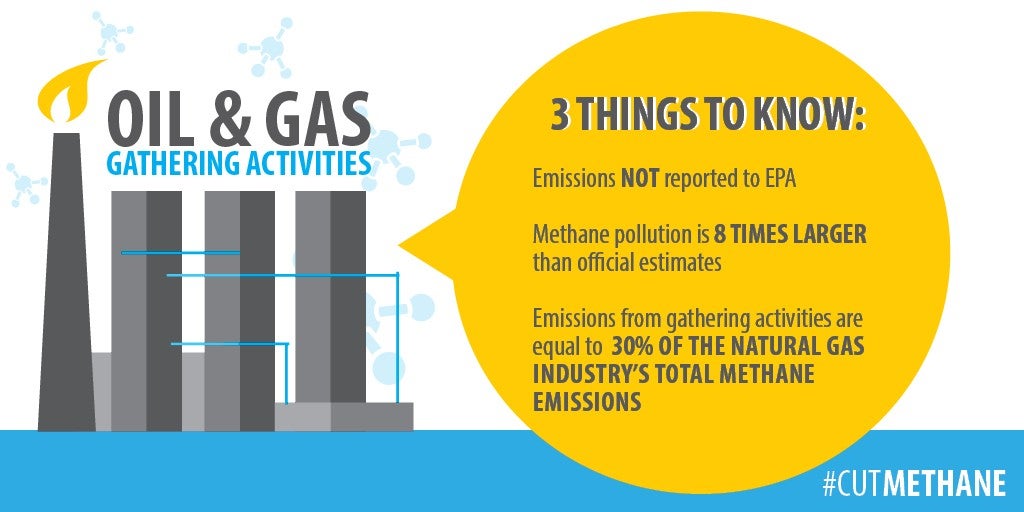 Cutting gas and diesel use in California has been a focus of Sacramento policy makers for years. After all, fuel combustion chokes our state with exhaust, releases a massive amount of global warming pollution, and undermines our economic security. And, at nearly 20 billion gallons of total use per year costing drivers over $50 billion a year – with much of the money flowing directly out of the state – it is no small challenge.
Cutting gas and diesel use in California has been a focus of Sacramento policy makers for years. After all, fuel combustion chokes our state with exhaust, releases a massive amount of global warming pollution, and undermines our economic security. And, at nearly 20 billion gallons of total use per year costing drivers over $50 billion a year – with much of the money flowing directly out of the state – it is no small challenge.
Despite many in-state efforts to cut gas and diesel use over the past decade, population and economic growth have erased many of the fuel use reductions achieved. This year, through dedication by Governor Brown and the legislature to fight climate change and make California stronger, there are promising solutions on the horizon. The solution making the biggest splash is SB 350 (De León) – a bill currently before the legislature – proposing (among other things) a statewide goal of 50 percent petroleum use reduction by the year 2030. With this ambitious goal, California can and will make real progress towards meeting its transportation needs using less oil for the years to come.
Understanding how California can meet a 50 percent petroleum use reduction goal by 2030, and why this goal is good for the state, hinges on four key concepts (explained in more detail here). Read More














